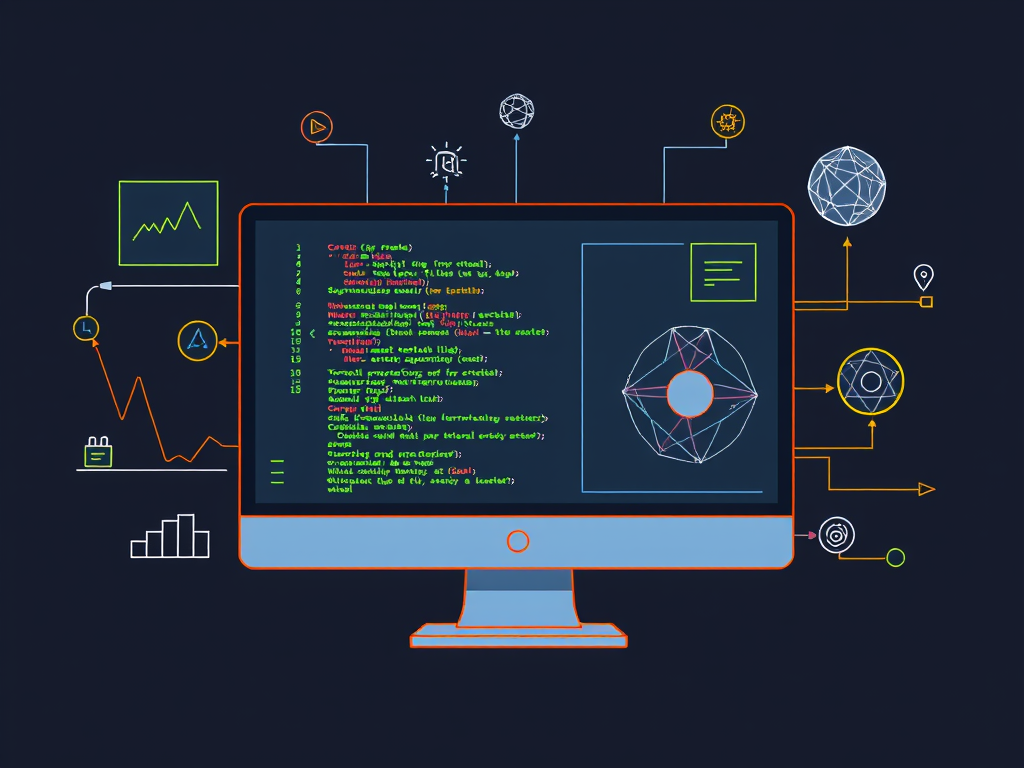So you want to get into machine learning and everyone keeps talking about PyTorch? Good choice! PyTorch is basically the cool kid on the ML block right now, and for good reason – it’s way more approachable than you might think. Pytorch doesn’t force you to think like a computer. You can build and tweak your models on the fly, which is pretty sweet when you’re trying to figure out why your neural network thinks every picture is a hotdog.
Let’s Get This Thing Installed
Installing PyTorch is actually painless (shocking, I know). Just run this:
pip install torch torchvision torchaudio
Or if you’re a conda person:
conda install pytorch torchvision torchaudio -c pytorch
Got a fancy GPU? Head over to the PyTorch website and grab the CUDA version – your training will go from “time to make a sandwich” to “wow, that was fast.”
Your First Baby Steps
The heart of PyTorch is something called tensors. Don’t let the fancy name scare you – they’re basically just arrays that can do some extra tricks:
import torch
Making a tensor is dead simple
x = torch.tensor([1.0, 2.0, 3.0])
print(x)
# Look ma, I made a tensor!
Math works like you’d expect
z = x + 1
print(z)
See? Not scary at all.
This is your brain on PyTorch
class SimpleNet(nn.Module):
def init(self):
super(SimpleNet, self).init()
# These are just fancy math operations, honestly
self.fc1 = nn.Linear(784, 128) # 784 pixels in, 128 numbers out
self.fc2 = nn.Linear(128, 10) # 128 in, 10 digits out
self.relu = nn.ReLU() # Makes negative numbers zero (roughly)
def forward(self, x):
x = self.relu(self.fc1(x)) # Do math, remove negatives
x = self.fc2(x) # Do more math
return x # Return your guessAnd just like that you’ve got a neural network
model = SimpleNet()
print(model)
Some Definitions
Tensors: These are like Excel spreadsheets that can live on your graphics card and do calculus. Pretty neat, right?
Autograd: This is PyTorch’s secret sauce. It keeps track of all your math so it can figure out what went wrong and how to fix it. It’s like having a really smart friend who remembers everything.
nn.Module: All your neural networks inherit from this. Think of it as the template that makes sure your creation actually works.
DataLoader: Your data’s personal assistant. It organizes everything nice and neat so your model doesn’t get overwhelmed.
Once you’re not completely lost anymore, try these:
- Play around with actual image datasets using torchvision – it’s like Instagram for AI
- Learn about different ways to measure how wrong your model is (loss functions)
- Try CNNs if you want to work with images (they’re surprisingly good at finding cats)
- Check out RNNs for text and sequence stuff
- Explore all the cool libraries people have built on top of PyTorch
The Bottom Line
Look, PyTorch might seem intimidating, but it’s honestly one of the most beginner-friendly ways to get into deep learning. You don’t need to understand the theory of everything – just start playing around, break stuff, fix it, and repeat.
The best part about PyTorch is that it gets out of your way and lets you focus on the fun stuff: teaching computers to recognize things, generate text, or whatever wild AI dreams you’ve got.
So fire up that Python interpreter and start experimenting. What’s the worst that could happen? (Don’t answer that.)
